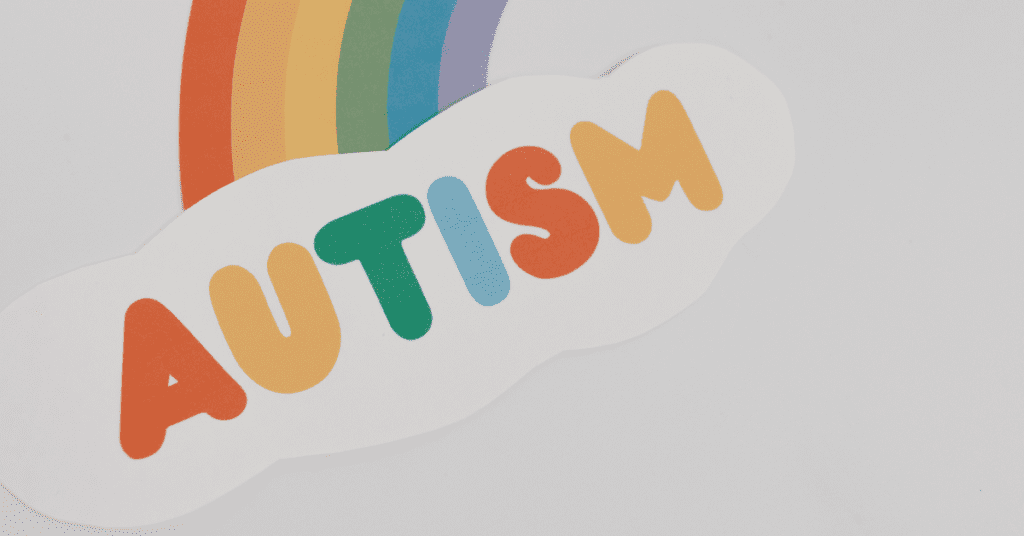A Brief History of Autism
There is much for the parents of children on the autism spectrum to understand once their child has been diagnosed. When you realize your life is directly affected by audit spectrum disorder (ASA), one of the most important aspects that would be helpful to know is a brief history of autism and its treatments for it.
Historically, autism was known under many different names, as people in the past simply did not understand there was a condition, nor did they create a name for the atypical behavior that they saw. For this reason, Blue Parachute has provided a brief history of autism. This was written to help you familiarize yourself with what a diagnosis can mean and also to let you know that help is available. If you finish reading this but still have questions, you can find answers to frequently asked questions on our FAQ page.
The History of Autism at a Glance
The history of autism began as humans began developing a more sophisticated method of social interaction. However, the official history is traced to the year 1908, when psychiatrist Eugene Bleuler coined the term. One of his patients was withdrawn, schizophrenic, and almost seemed to be in his own world. This led Dr. Blueler to study how to further behavioral support for severely schizophrenic patients he was treating. The word autism was inspired by “autós,” a Greek word meaning self. This “was used by Bleuler to mean morbid self-admiration and withdrawal within self.”1
Of course, Bleuler’s interpretation of autism was almost the opposite of what we know the condition to be. Other doctors felt differently and began to redefine what autism was known to be. Then, per the National Library of Medicine, “In 1943, Leo Kanner of John Hopkins University Hospital in Baltimore published the first systematic description of early infantile autism.”2,3 After that publication, the study of autism in history books officially began as it relates to children. Since then, society has taken further and further steps into understanding the condition and how an autism background may affect those with ASD into adulthood.
Though there is still much work to be done, without having the foundation created by Eugene Bleuler, Leo Kanner, and other concerned professionals, children with autism would not get the proper care they require as quickly as they do today.
A Look at the History of Autism Treatment
Therapies were quickly designed and planned after the observations made by Eugen Bleuler, though it was not realized that the condition he was treating was not autism as it is known today.
Electroconvulsive therapy was commonly used until the late 1970s, until more pharmaceutical methods became commonplace across all treatments, including autism. Even in the 21st century, there has been more research done to confirm if electroconvulsive therapy can benefit those with autism.4
Today, treating children with autism and young ASD adults who are preparing for adulthood should be a mix of informative sessions and therapies. Such treatment should not look to not change the ASD child. Rather, they work to ensure that people on the autism spectrum grow as individuals through support both at home and with help from the community. At Blue Parachute, we provide some of that help.
Blue Parachute: Autism Therapy and Education
If you are the parent, guardian, or teacher of a child on the autism spectrum and are looking for help in teaching those with ASD or learning more about this disorder, we are here to help. The videos available from Blue Parachute can almost be considered a form of autism home support services, though they are also highly beneficial for schools, doctor’s offices, and other locations without resources.
Our videos are all based on Applied Behavior Analysis (ABA) and were created by Licensed and Certified Behavior Therapists to ensure they will be highly useful for you and the ASD child or young adult. In addition, we make all titles in our library available with subscription pricing. This means if you only want to watch two videos, or the number of videos you need is too high to count, we can find a subscription plan for you that will fit your needs.
Click here and sign up now to take full advantage of our library of high-quality, evidence-based resources to help individuals with ASD be set up for success and reach their full potential. Blue Parachute. Easy. Affordable. Life-Changing.
SOURCES:
1 – News Medical – Autism History
2 – NIH – Leo Kanner and Autism: A 75-Year Perspective
3 – NIH – How Autism Became Autism
4 – NIH – Could ECT Be Effective in Autism?
RELATED READINGS:


